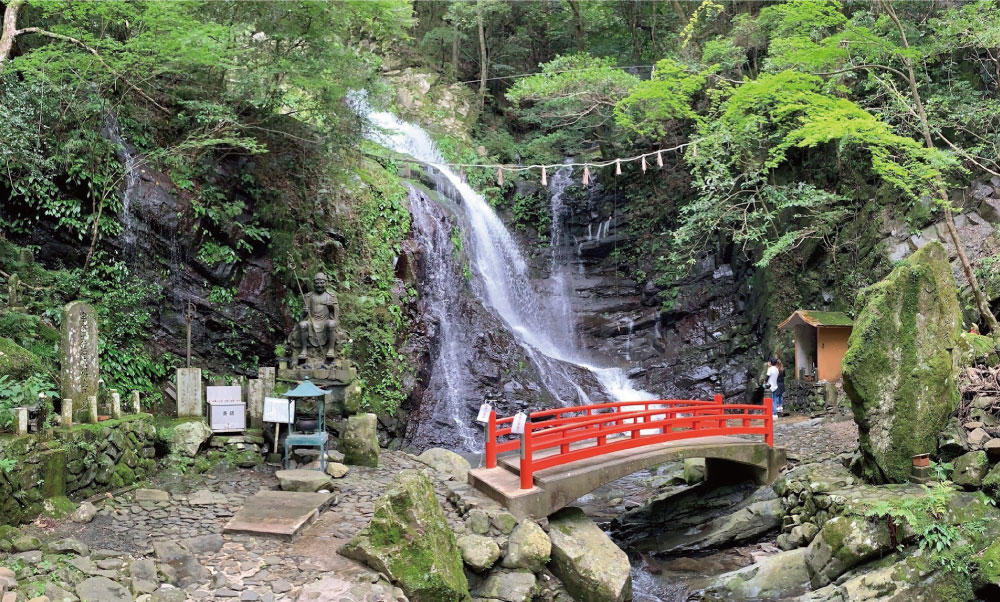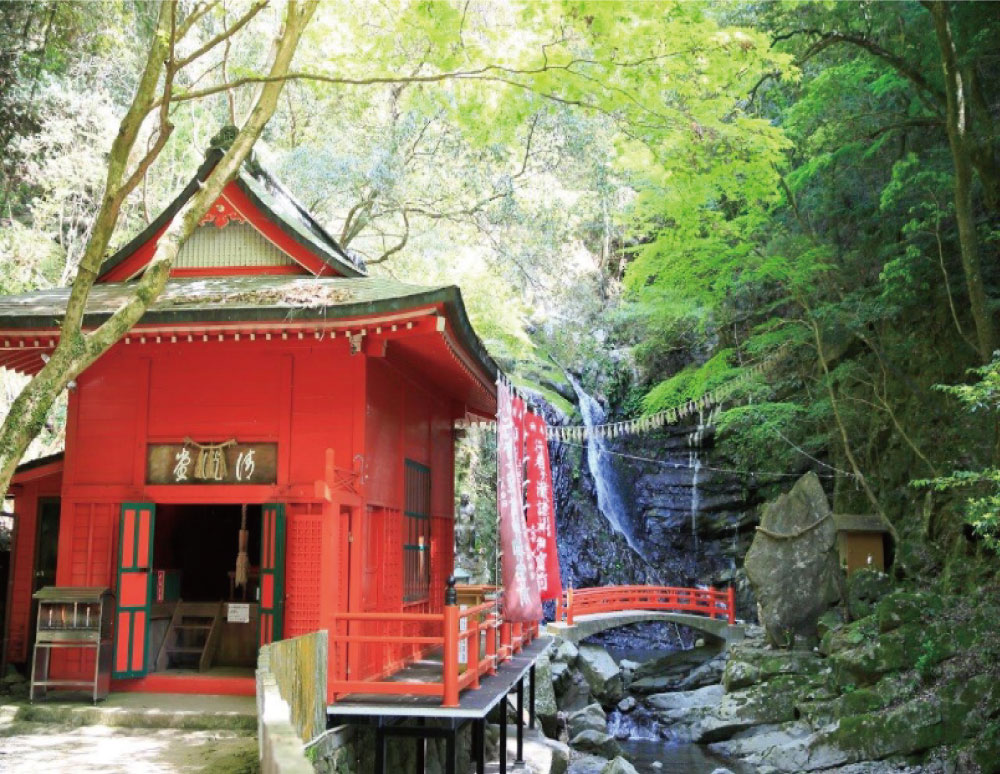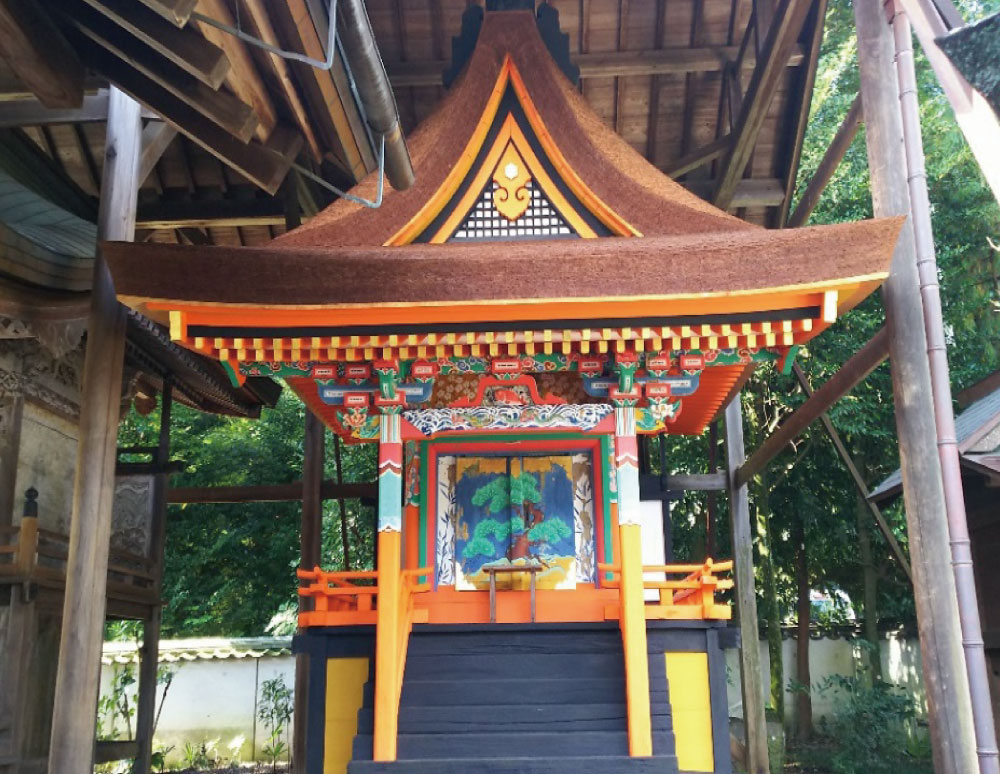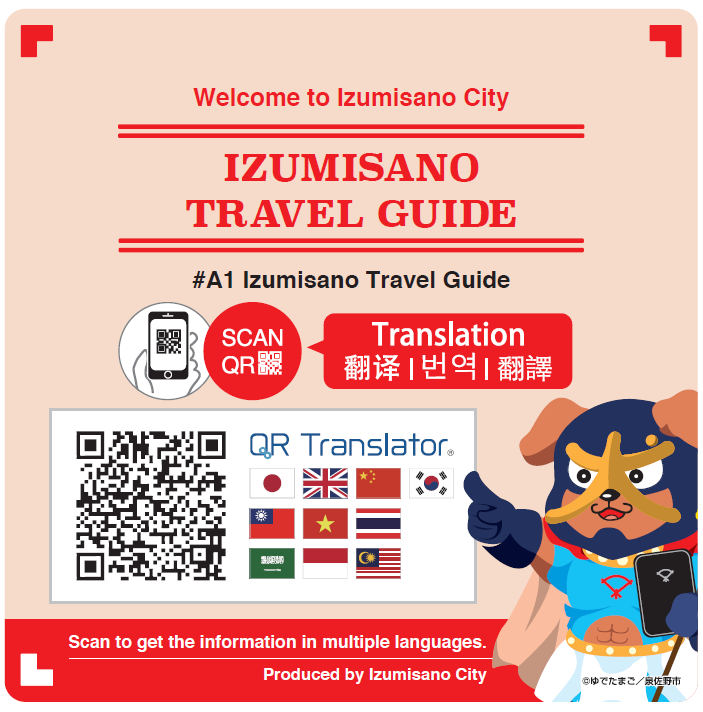Japanese Heritage Recommended Cultural Properties
Katsuragi Shugen
The Origin of the Shugendo Sect, Passed Down Together with the Local People

Story
The peaks known collectively as Katsuragi lie along the borders of Wakayama, Osaka, and Nara Prefectures. The founder of the syncretic Shugendo religion, En no Gyoja (En the Ascetic), was born in the 7th century at the foot of Katsuragi, in what is now Gose City, Nara Prefecture. This was also where he first practiced his new faith. Accordingly, the mountain is one of the two sacred sites of Shugendo, along with Nara’s Mt. Omine. En no Gyoja founded temples in 28 locations among the Katsuragi peaks, corresponding to the 28 chapters of the Lotus Sutra, and created sutra mounds at each to house copies of the sacred text. The locations of these mounds at waterfalls and places of worship are known collectively as Katsuragi Shugen. The first mound is Tomogashima Jobon (jobon is a prologue to the Lotus Sutra), which is located on Torajima, one of the four Tomogashima Islands. Visitors can reach the mound from Okinoshima by walking over the rocky area that emerges at low tide. Next to a granite monument in a narrow cave stands a wooden marker on which many pilgrims have left their names.
Shugendo spiritual training is generally conducted deep in the mountains. However, the Katsuragi mountains are not particularly high, so the site has a stronger relationship with the surrounding villages than do other Shugendo outposts. Water for farming is an especially important focus of worship in the southwest of Osaka Prefecture, and pilgrims would travel to offer prayers at shrines connected with waterfalls and water. The construction of inns to house these pilgrims has deepened the ties between villagers and visiting devotees. The Shugendo sect was banned in the early years of the Meiji period (1868-1912), before enjoying a revival after World War II. Unlike Omine, Katsuragi Shugendo also allows female devotees, who are often seen alongside men at pilgrimage locations. The history of Shugendo begins at the sacred Katsuragi Shugendo, and is cherished by pilgrims and locals alike.
See more details
https://japan-heritage.bunka.go.jp/ja/stories/story099/
https://katsuragisyugen-nihonisan.com/story/
Recommended Cultural Properties

(1) Mt. Inunaki (Inunaki-san)
Founded in 661 by En no Ozuno (En no Gyoja), Mt. Inunaki was founded earlier than Ominesan and is also known as Motosanjo (original mountain top). The name comes from a legend about a dog and a hunter. Also, Shipporyuji Temple, named for the seven waterfalls found across this mountain, is a core training center for Katsuragi Shugen, and an itahi board monument built in the Muromachi period is still in the kyozuka Buddhist scripture mound.

(2) Hibashiri Shrine
The main shrine of the Ogi area, this shrine has also been called Taki-no-Miya or waterfall shrine. The name Hibashiri comes from a Shinto ritual held in the past in which priests would run through flames. The priests of the Shipporyuji Temple held rituals to pray for rain at this Shinto shrine. Sessha Miyuki Shrine, an inner shrine of Hibashiri Shrine, is a national important cultural property, and its main hall is a designated cultural property of Osaka Prefecture.




